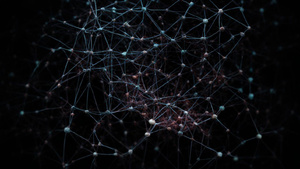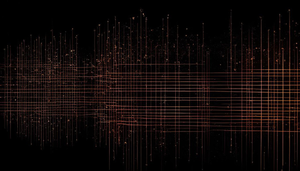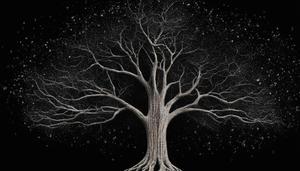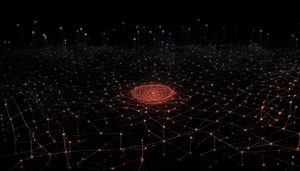Classification: Decision Trees

What are Classification Decision Trees?
Classification decision trees are a popular machine learning algorithm used for solving classification problems. They create a model that predicts the class or category of a given input based on learning simple decision rules inferred from the data features.
How do Classification Decision Trees Work?
Tree Structure: A decision tree is composed of nodes, where each node represents a feature/attribute, and branches represent the decisions or outcomes.
Decision Making: At each internal node, the tree makes decisions by evaluating one of the input features. These decisions lead to further branches until a leaf node is reached, which indicates the predicted class label.
Splitting Criterion: The decision tree algorithm uses various criteria (e.g., Gini impurity, information gain) to determine how to split the data at each node effectively.
Advantages of Classification Decision Trees
Interpretability: Decision trees provide transparent and easy-to-understand models compared to complex algorithms like neural networks.
Handling Non-linear Relationships: They can capture non-linear relationships between features in the data without requiring feature preprocessing.
Feature Selection: By identifying important features early in the tree, decision trees naturally perform feature selection.
Robustness to Outliers and Missing Values: Decision trees can handle outliers and missing values well compared to other algorithms.
Limitations of Classification Decision Trees
Overfitting: Decision trees are susceptible to overfitting high-dimensional or noisy datasets. Techniques like pruning can help alleviate overfitting.
Instability: Small changes in the training data can lead to significantly different learned trees, making them less stable than some other methods.
Bias Towards Certain Features: Features with more levels will likely appear more often in higher places on the tree due to their informational gain during splitting.
Practical Applications
Classification decision trees find applications across various domains:
- Customer churn prediction
- Credit risk analysis
- Disease diagnosis
- Sentiment analysis
In conclusion, classification decision trees offer an intuitive and powerful approach for solving classification problems by creating interpretable models based on simple if-else conditions derived from data patterns.
Sponsored
Sponsored
Sponsored
Explore More:

Model Evaluation and Selection
Topic model evaluation and selection are crucial steps in the process of building...

Feature Engineering
Feature engineering is the process of selecting, creating, and transforming features (inputs) in...

Natural Language Processing (NLP)
Natural Language Processing (NLP) is a subfield of artificial intelligence that focuses on...

Neural Networks and Deep Learning
Neural networks are a class of algorithms modeled after the human brain's neural...

Reinforcement Learning
Reinforcement learning is a branch of machine learning concerned with how intelligent agents...

Dimensionality Reduction: Autoencoders
Autoencoders are a type of artificial neural network used for learning efficient representations...

Dimensionality Reduction: Factor Analysis
Factor analysis is a powerful technique used in the field of machine learning...

Dimensionality Reduction: Independent Component Analysis (ICA)
Independent Component Analysis (ICA) is a dimensionality reduction technique commonly used in machine...

Dimensionality Reduction: t-Distributed Stochastic Neighbor Embedding (t-SNE)
Dimensionality reduction is a fundamental technique in machine learning and data visualization that...

Dimensionality Reduction: Principal Component Analysis (PCA)
Principal Component Analysis (PCA) is a popular dimensionality reduction technique used in machine...

Unsupervised Learning: Dimensionality Reduction
Unsupervised learning dimensionality reduction is a crucial concept in machine learning that deals...

Clustering: Gaussian Mixture Models
Clustering is a fundamental unsupervised learning technique used to identify inherent structures in...

Clustering: DBSCAN
DBSCAN (Density-Based Spatial Clustering of Applications with Noise) is a popular clustering algorithm...

Clustering: Hierarchical Clustering
Hierarchical clustering is a popular unsupervised machine learning technique used to group similar...

Clustering: K-Means
Clustering is an unsupervised machine learning technique that aims to partition a set...

Unsupervised Learning: Clustering
Unsupervised learning clustering is a fundamental concept in machine learning that involves identifying...